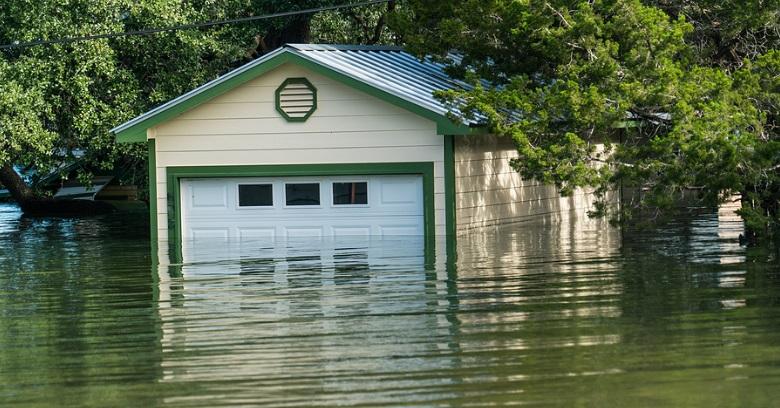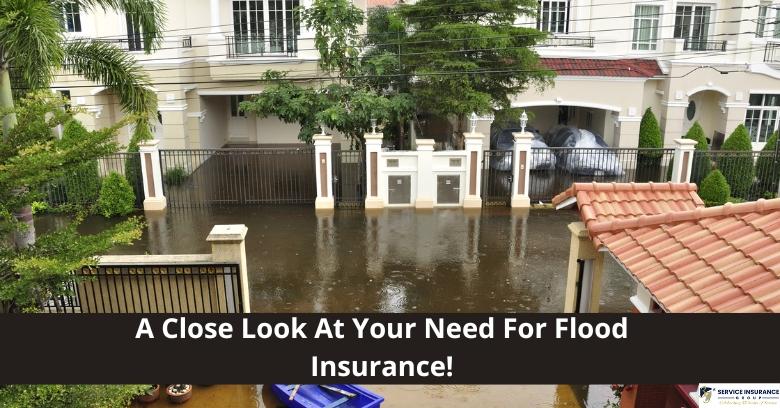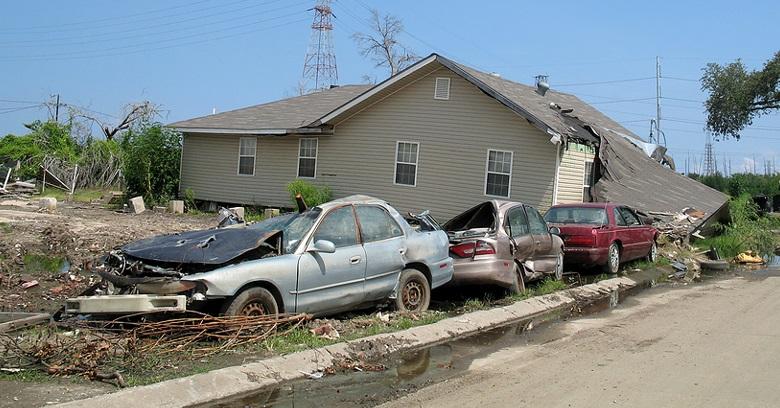Since the year 2000, flooding has been the most prevalent and costly disaster affecting homeowners throughout the country, resulting in billions of claims to homeowners insurance and flood insurance policies.
Since its inception, homeowners have had the ability to apply for flood coverage from the National Flood Insurance Program or NFIP to obtain a base coverage benefit through their homeowners insurance agency.
There are numerous issues with the system and how properties are rated for flood risk.
To address these issues as well as concerns over FEMA's ability to continue providing monetary relief to home and business owners, FEMA will soon be rolling out a new rating system to more accurately determine risk.
Insurance agents throughout the country are preparing for the possibility that many homeowners could see increases in their flood insurance premiums due to these changes.
Current Premiums for NFIP Coverage Not Supportive
While the NFIP program exists to give homeowners the ability to protect their properties from flood damage beyond what their standard homeowners insurance policy will cover, the program itself is severely in debt to the Department of Treasury.
This is somewhat due to the outdated risk assessment and fee schedule still being used by FEMA to generate the funds for the insurance program.
The flood maps as well as risk and value assessment methods currently used have caused increasingly greater claims to be paid to affected owners without consideration for just how many properties are and may be affected by flooding plus the increasing costs of paying out claims.
Risk Rating 2.0 System Is Based on Actual Risk
Scheduled to take effect in October of this year, FEMA is introducing a new system to calculate flood risk and determine NFIP insurance premiums called Risk Rating 2.0.
This system will assess location, typography, structure details, and many other factors beyond the outdated flood maps and will present a more accurate picture of actual risk then calculate a premium rate based on that risk.
While some homeowners insurance agencies now sell private flood insurance or excess coverage, 85% of homeowners do not carry it.
Among all homeowners who do carry flood insurance, the majority have purchased theirs through the NFIP fund.
As such, one of the goals of Risk Rating 2.0 is to determine realistic risk and premium calculations that allow the program to collect more of the funds necessary to pay claims to affected policyholders.
In doing so, it should also make private and supplemental policies sold by homeowners insurance agents more competitive.
Ultimately, what this means for many homeowners supplementing their homeowners insurance with flood insurance is that their premiums may go up considerably based on these new risk assessments.
Alternately, some premiums are expected to go down.
In either case, Risk Rating 2.0 should more accurately represent which homes and buildings are most at risk based on a highly detailed assessment so premiums can be adjusted appropriately.
Contact A Homeowners Insurance Agent Soon
Adding flood coverage to a standard homeowners insurance policy is important for more than those close to water.
Hurricanes, flash floods, and other events can create flooding in places that insurance agencies cannot predict because it happens so infrequently.
As the Risk Rating 2.0 system is put into effect later this year, homeowners are strongly encouraged to discuss their risk with a homeowners insurance agent and purchase the right flood policy to have the necessary protection.





